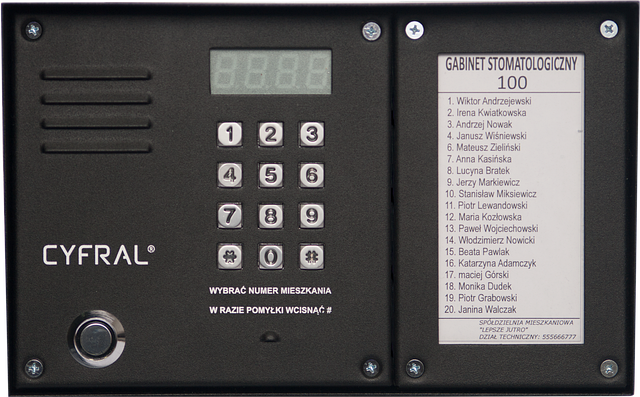Tenant mold complaints are a growing concern in rental housing, with legal implications and health risks. Tenants have rights to a mold-free environment, and landlords must maintain properties to prevent growth. Visible signs of mold, musty odors, and health issues trigger complaints, leading to potential legal disputes. Professional inspections are crucial for assessing damage and determining liability based on local health and building codes. Documenting symptoms and expert opinions can support tenant claims, while proper communication and recordkeeping aid in resolving issues before litigation. High-profile cases highlight the severity of mold exposure and the need for proactive landlord maintenance.
“In the realm of rental housing, tenant mold complaints have emerged as a significant concern, leading to an increasing number of lawsuits. This article delves into the intricate details surrounding these disputes, equipping both tenants and landlords with knowledge. We explore the roots of common mold issues in properties, dissecting the legal framework that governs tenant mold complaints. From understanding rights and responsibilities to evaluating health impacts and navigating litigation, this comprehensive guide offers insights into real-world cases, including notable settlements.”
- Understanding Tenant Mold Complaints: Rights and Responsibilities
- Common Causes of Mold in Rental Properties
- The Legal Framework for Mold Lawsuits in Rental Housing
- Evaluating Damages and Health Impacts in Mold Cases
- Navigating the Litigation Process: What to Expect
- Case Studies: Notable Tenant Mold Complaint Settlements
Understanding Tenant Mold Complaints: Rights and Responsibilities
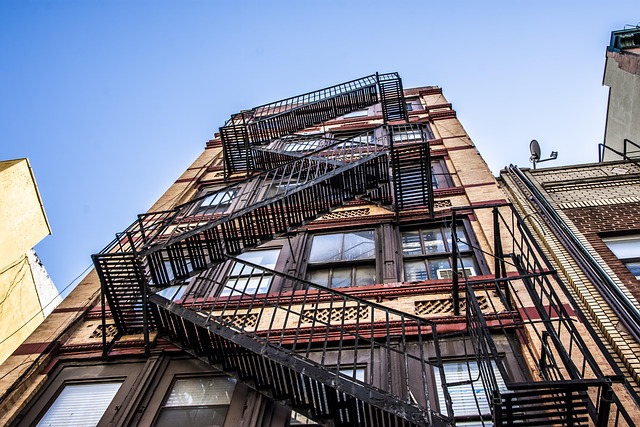
Tenant mold complaints have become a significant concern in rental housing cases, as they often involve complex legal and health issues. When tenants discover mold in their living spaces, they may face various challenges, including respiratory problems and increased stress. Understanding their rights and responsibilities is crucial in navigating these situations effectively.
Tenants have the right to live in a safe and healthy environment, free from hazardous conditions like mold growth. They should report any signs of mold promptly to their landlords or property managers. Responsibilities of tenants include maintaining good indoor air quality by promoting proper ventilation, avoiding water leaks that can foster mold growth, and regularly inspecting their units for any signs of moisture or mold. Effective communication between tenants and landlords is essential to resolve tenant mold complaints, ensuring a swift resolution that prioritizes the well-being of all parties involved.
Common Causes of Mold in Rental Properties

Mold can flourish in a variety of conditions, making rental properties susceptible to its growth, especially if maintenance and inspection protocols are overlooked. Common causes include water intrusion from leaky pipes, roofs, or windows, inadequate ventilation, and high humidity levels often found in regions with warm climates. These issues create the perfect environment for mold to thrive, leading to tenant mold complaints. Over time, if left unaddressed, even minor problems like a dripping faucet can result in significant mold outbreaks.
Tenants may notice musty odors, visible mold patches on walls or ceilings, or even health issues like respiratory distress and allergies. Such concerns prompt tenant mold complaints, which can lead to legal action against landlords who fail to maintain their properties properly and address these issues promptly. Regular inspections and prompt repairs are key to preventing mold-related disputes in rental housing cases.
The Legal Framework for Mold Lawsuits in Rental Housing
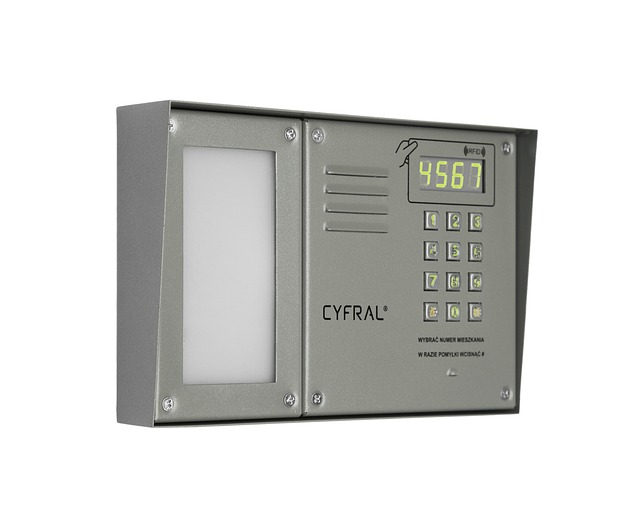
In many jurisdictions, tenants have legal recourse when they face hazardous living conditions due to mold in their rental properties. The Legal Framework for Mold Lawsuits in Rental Housing is typically centered around landlord-tenant relationships and health and safety regulations. When a tenant raises tenant mold complaints, the onus falls on the landlord to ensure the property meets habitable standards, free from unsafe levels of moisture that can foster mold growth. Breaches in this duty may result in legal action.
Health codes and building codes play significant roles in these cases. They set thresholds for acceptable mold levels and guidelines for remediation, providing a benchmark against which to measure liability. Tenants can seek compensation for medical expenses, property damages, and emotional distress caused by living in a mold-infested space, while landlords may face fines or legal penalties for failing to maintain their properties as required by law.
Evaluating Damages and Health Impacts in Mold Cases
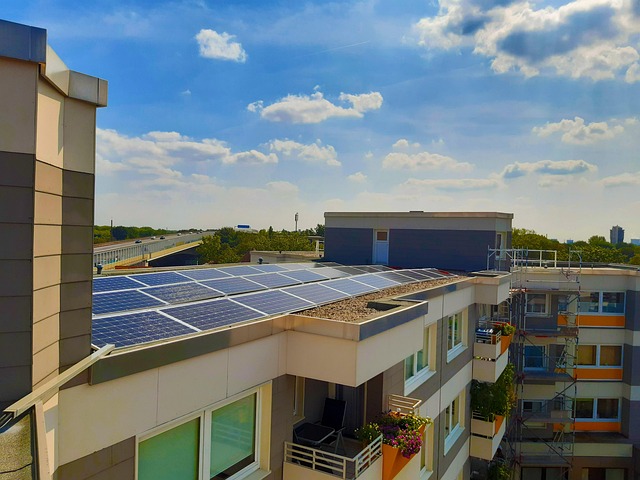
When evaluating damages and health impacts in mold cases, particularly involving tenant mold complaints in rental housing, a comprehensive assessment is crucial. Tenants who have experienced prolonged exposure to mold often report a range of adverse health effects such as respiratory issues, allergies, and even cognitive problems. Professional inspectors should be engaged to identify the extent of the mold growth and its potential impact on the building’s structure and tenants’ well-being.
In terms of damages, mold can lead to significant property damage, including degradation of walls, ceilings, and flooring. It may also result in the need for extensive remediation, which can include costly demolition and replacement. Health impacts associated with tenant mold complaints are diverse, ranging from mild irritations to severe, chronic conditions. Documenting these effects through medical records and expert opinions is essential for a robust case. This process involves careful analysis of symptoms, environmental data, and expert testimony to establish the direct correlation between the mold presence and the reported health issues.
Navigating the Litigation Process: What to Expect
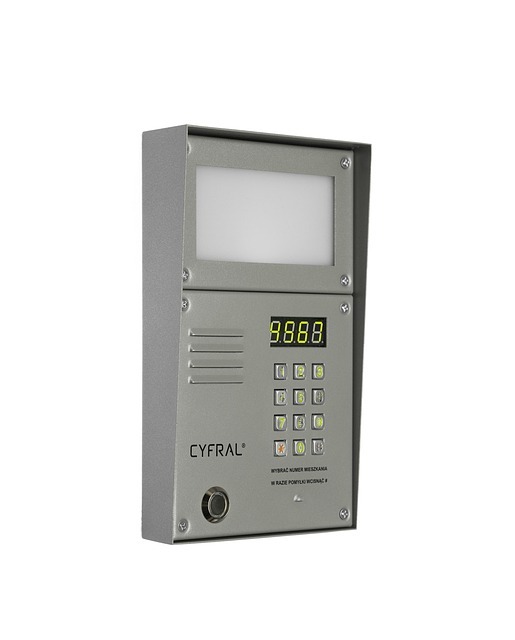
Navigating the litigation process for tenant mold complaints can be daunting, but understanding the steps involved can help reduce uncertainty. Initially, tenants should document their concerns meticulously, including photos and detailed accounts of symptoms. This evidence is crucial when filing a formal complaint with the landlord or relevant authorities.
Legal avenues may vary based on location and specific circumstances, but typically, tenants will need to provide notice, allowing landlords a reasonable chance to address issues before escalating to legal action. Throughout this process, it’s essential to keep records of all communications, agreements, and attempts at resolution. This documentation can significantly strengthen a tenant’s case if the matter progresses to court or arbitration.
Case Studies: Notable Tenant Mold Complaint Settlements

In recent years, several high-profile tenant mold complaints have resulted in significant settlements, bringing much-needed attention to this pressing issue. One notable case involved a tenant who developed severe respiratory issues due to mold exposure in their rental unit. After lengthy negotiations, the landlord agreed to a substantial settlement, including comprehensive medical coverage and financial compensation for the tenant’s suffering. This case set a precedent, underscoring the severity of mold-related health risks and the responsibility of property owners to maintain safe living environments.
Another example highlights a class-action lawsuit where tenants united to combat chronic mold issues in their apartment complex. The settlement resulted in major improvements to the building’s maintenance procedures, including regular inspections and prompt remediation of any mold findings. This approach not only provided relief to the immediate plaintiffs but also ensured the long-term well-being of all residents, serving as a model for future tenant mold complaints and resolutions.
